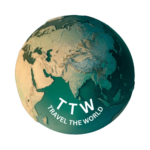European Countries Visa

Austria
One of the richest countries in the world by per capita GDP terms, Austria has an area of 83,871 km2 and is inhabited by 8,712,137 residents. The country signed the Schengen agreement on 28 April 1995. However, it started its implementation two years later, on 1 December 1997.
Austria is located in central Europe, bordered by eight countries, more than most European countries. Its capital, Vienna, remains one of the top European destinations for travellers.

Belgium
Belgium is one of the five first countries that signed the Schengen agreement on 14 June 1985 and started its implementation on 26 March 1995. It is a small and densely populated country, with an area of 30,528 km2 and a number of 11,358,379 residents.
Located in Western Europe, the country borders France, the Netherlands, Germany and Luxembourg. Its capital, Brussels, is the European Union’s administrative centre, often called the EU’s capital city.
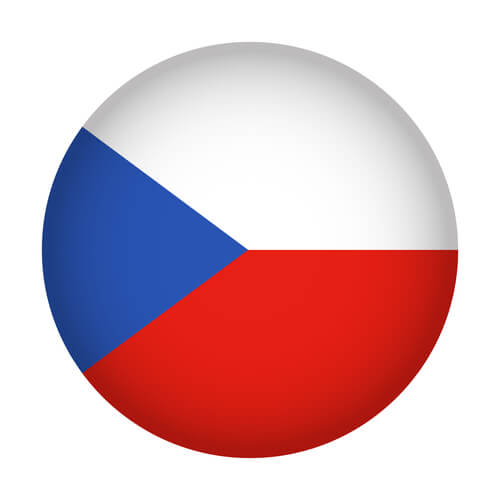
Czech Republic
Shortly known as Czechia, the country was founded as late as 1993, with the peaceful dissolution of Czechoslovakia. The central European country has an area of 78,866 km2 and is bordered by Germany to the west, Austria to the south, Slovakia to the east and Poland to the northeast.

Croatia
Croatia is the latest EU country to join the Schengen Area. It became an official member on 1 January 2023.
Croatia is located in Central and Southeast Europe. It has a total area of 56,594 km2 and a population of 4,076,246. It is bordered by Slovenia to the northwest, Hungary to the north, Serbia to the northeast, Bosnia and Herzegovina to the southeast, Montenegro to the south, and the Adriatic Sea to the southwest. Croatia is a member of the European Union and the Council of Europe.

Denmark
Denmark is the southernmost country of the Scandinavian countries. It has an area of 43,094 km2 and is located in the southwest of Sweden and south of Norway. Whereas, to the south, it is bordered by Germany.
The Danish government signed the Schengen agreement on December 19, 1996, and started its implementation on 25 March 2001. However, Denmark is currently one of the six Schengen countries with reintroduced border checks due to the security situation in Europe and threats resulting from the continuous significant secondary movements.

Estonia
The northern European Republic of Estonia is bordered to the west by the Baltic Sea, to the south by Latvia, to the north by the Gulf of Finland and to the east by Lake Peipus and Russia. With an area of 45,338 km2 and 1,312,442 residents, it is one of Europe’s least crowded countries. This flatland country also has 2,222 islands and islets in the Baltic Sea.

Finland
Officially known as the Republic of Finland, the Nordic country is bordered by Norway to the north, Sweden to the northwest, and Russia to the east. It is famous for its educational system, and for being one of the safest and most eco-friendly countries on earth. Its 5,503,132 residents populate the happiest country in the world.
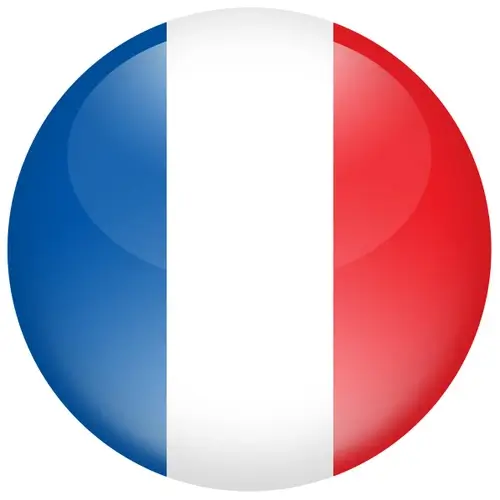
France
The most visited European country, France, is not all about the Eiffel Tower. Known for its fine wine, sheer diversity, heritage sites and luxury skiing resorts, the country lured 85.7 million foreign tourists in 2013, the highest number ever.
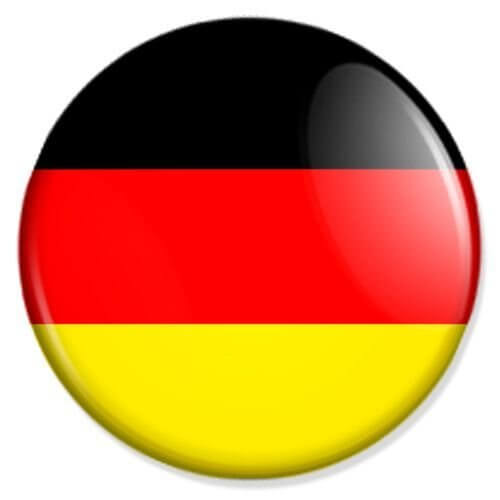
Germany
The land of invention and innovation and the second most visited Schengen country, Germany, consists of an area of 357,386km2 and 16 constituent states. The most populous EU member is also the European country that borders most other countries.
It is located in Western and Central Europe, with Denmark bordering to the north, Poland and the Czech Republic to the east. It has Austria to the southeast, Switzerland to the south-southwest, France, Luxembourg and Belgium lie to the west, and the Netherlands to the northwest.

Greece
The cradle of Western civilization, Greece, is located at the crossroads of Europe, Asia, and Africa. The Hellenic Republic is considered the birthplace of democracy, western literature, historiography, political science, Olympic games, etc.
Despite the fact that its borders have changed throughout the year, today, Greece shares land borders with Albania in the northwest, North Macedonia and Bulgaria to the north, and Turkey in the northeast. Despite that Greece signed the Schengen agreement on 6 November 1992 and started its implementation on 1 January 2000, none of its neighbors has joined the area yet.
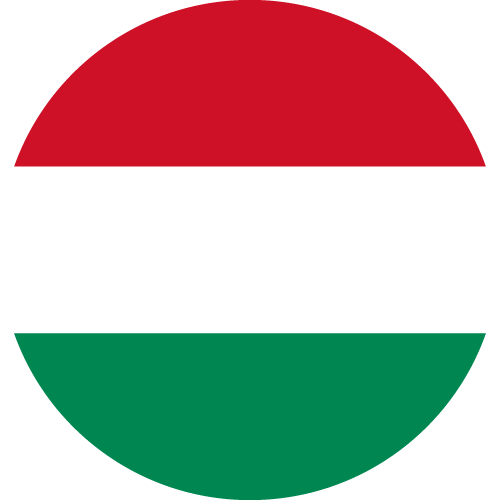
Hungary
Located in Central Europe, Hungary has an area of 93,030 km2 and is home to 9,753,281 residents. It shares land borders with Slovakia in the north, Ukraine in the northeast, Austria in the northwest, Romania in the east, Serbia in the south, Croatia in the southwest, and Slovenia in the west.
A high number of travelers visit the country each year.

Iceland
The Nordic island country is located in the North Atlantic and is volcanically and geologically active. It has a population of 348,580, two-thirds of which reside in the capital of Reykjavik and the surrounding area. The country has an area of 103,000 km2.
Ecotourism and whale-watching are amongst the top tourist attractions in Iceland. However, in 2017, the country received 7,610 visa applications, the least among all other states.
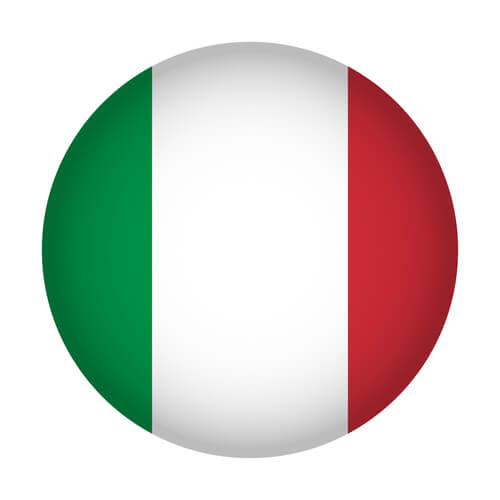
Italy
The sovereign state of the Italian Republic is located in the heart of the Mediterranean Sea. It has an area of 301,318 km2and is bordered by France, Switzerland, Austria, Slovenia, San Marino, and Vatican City. With 59,429,938 residents, it is the fourth most populous EU member.
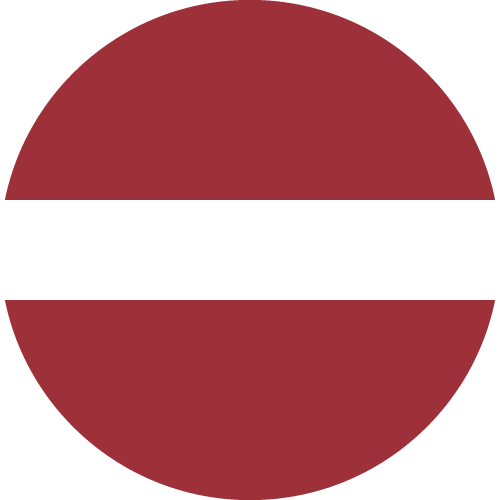
Latvia
The Republic of Latvia shares borders with Estonia in the northern region, Lithuania in the south, to the east is Russia, and Belarus to the southeast. The 64,589km2 country has a population of 1,970,530 inhabitants.
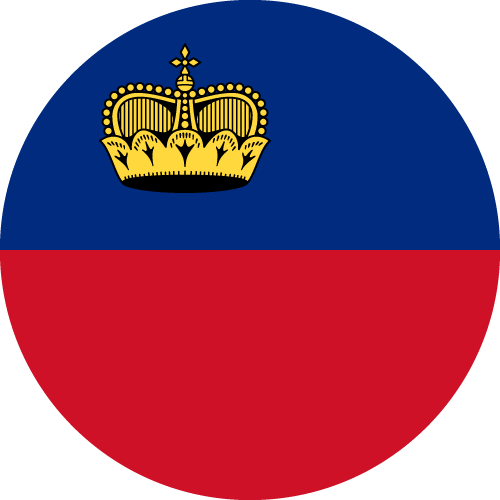
Liechtenstein
The principality of Liechtenstein is a doubly landlocked German-speaking microstate in Central Europe. It has an area of only 160 km2 and 37,666 residents, which makes it the fourth smallest European country.
Liechtenstein shares borders with Switzerland to the west and south, and Austria to the east and north. The country is mainly mountainous, thus an alluring winter sports destination.
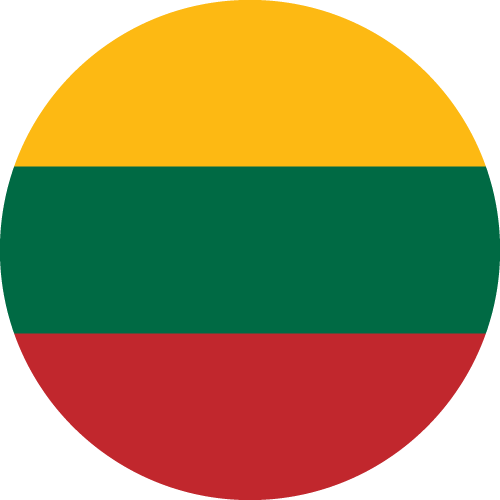
Lithuania
The 65,300 km2 country borders Latvia to the north, Belarus to the east and south, Poland to the south, and Kaliningrad Oblast (a Russian exclave) to the southwest. It has a population of 2,908,249 residents and uses EUR as its currency.
Lithuanian is one of the oldest languages in the world today. And along with Latvian, it is also one of only two living languages in the Baltic branch of the Indo-European language family.

Luxembourg
Luxembourg is a country of 2,586 km2 and has a population of 575,747 residents. It is one of the founding states of the Schengen agreement, which was signed on 14 June 1985 in the village of Schengen in Luxembourg. Its capital, Luxembourg City, is one of the three official capitals of the European Union.
Ranked by its GDP, Luxembourg is the second richest country in the world. It has the highest minimum wage in the EU while also being one of the safest countries in the world.

Malta
The Southern European island country consists of an archipelago in the Mediterranean Sea, with an area of 316 km2 and a population of 429,362 residents.
Despite its small area, the country received a number of 37,881 visa applications in 2017. In tourism terms, it is mostly known for its sun, sea and beaches. Some of its most alluring destinations for travellers are also ancient wonders as the 5,000 years old Hagar Qim or the 4,000 years old Hal Saflieni Hypogeum.
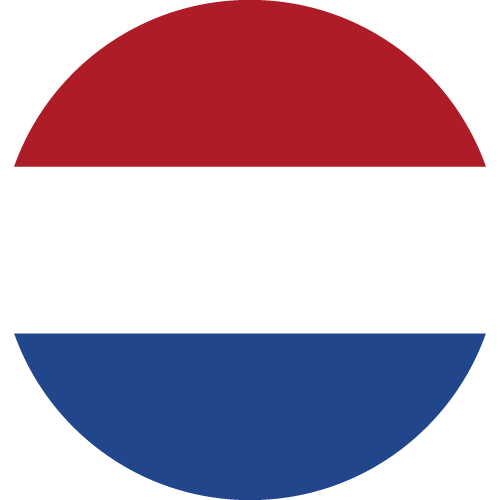
Netherlands
Mostly known for the colorful tulips, numerous windmills and delicious cheese, the Netherlands consists of twelve provinces. The country borders Germany to the east, Belgium to the south, and the North Sea to the northwest. It has an area of 41,526 km2 and 16,987,330 residents.
It is a founding member of the EU, Eurozone, G10, NATO, OECD, and WTO. Moreover, it is one of the five founding states of the Schengen agreement, signed on 14 June 1985.
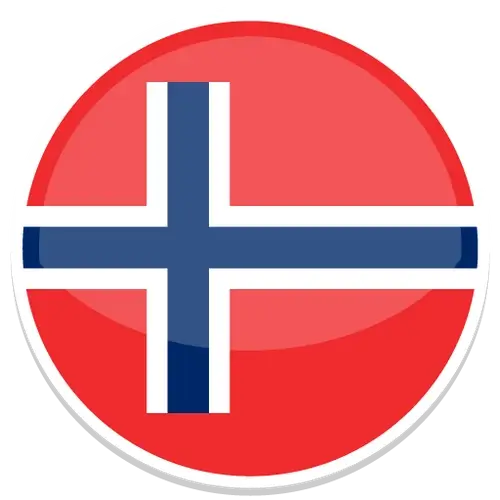
Norway
The land of the midnight sun, Norway, has an area of 385,155 km2. It has a population of 5,254,694 residents known as Norwegians. It is bordered by Finland and Russia to the northeast, and the Skagerrak Strait to the south, with Denmark on the other side.
The country attracts visitors mainly because of its stunning fjords and its Viking heritage. In 2017, Norwegian embassies around the world received 196,082 visa applications.

Poland
Poland is an EU country located in Central Europe. It is divided into 16 administrative subdivisions and has an area of 312,683 km2. Home to 38,224,410 residents, the country shares borderlands with Germany, Russia, Lithuania, Ukraine, Slovakia, the Czech Republic, and Belarus.
Its most famous and visited cities are Warsaw, the medieval town of Malbork, Lublin, Torun, Krakow and Poznan. Poland is also known for the Tatra National Park and the Bialowieza Forest. Figures show that most of the visitors are from Germany, followed by Britons and Russians.

Portugal
The westernmost European country, Portugal, shares borderland only with Spain, to the north and east. It has an area of 92,391 km2 and 10,371,627 residents.
It is the oldest state on the Iberian Peninsula and one of the oldest in Europe. Known for football, beautiful beaches and historic sites, the country manages to allure many visitors throughout the whole year. Most visited Portuguese spots are the capital of Lisbon, the subtropical island of Madeira, the second-largest city – Porto, the small fishing village of Ericeira, and Óbidos – which is known for its many medieval castles.
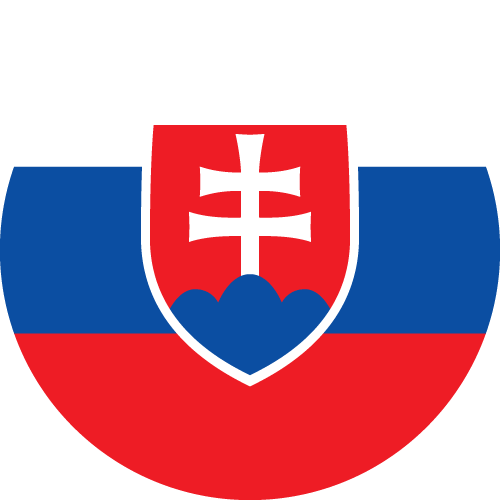
Slovakia
A landlocked country in Central Europe, Slovakia has a territory of 49,037 km2. Its 5,444,218 residents are known as Slovak, who speak the Slovak language. The country shares borders in the north with Poland, Ukraine to the east, the Czech Republic to the west, Hungary to the south, and Austria to the southwest.
Slovakia became an independent country after the peaceful dissolution of Czechoslovakia on 1 January 1993. Ten years later, on 16 April 2003, it signed the Schengen agreement
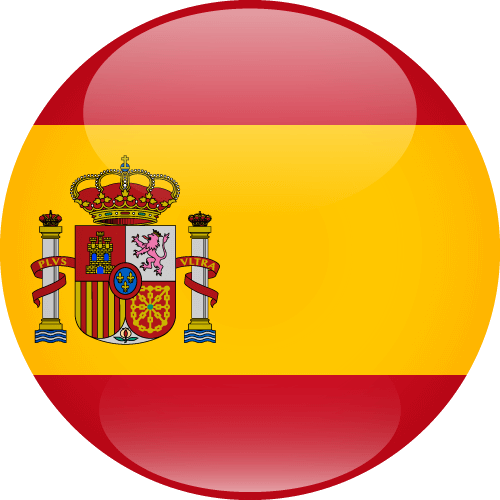
Spain
Spain has an area of 510,000 km2 and shares land borders in the north and northeast with France, Andorra, and the Bay of Biscay; and to the west and northwest with Portugal. It is the second-largest country in the EU bloc, with a population of 46,347,576 residents.
The Spanish cities, Madrid and Barcelona, are some of the cities that allure most foreign visitors in Europe. Bullfights, La Tomatina festival and Ibiza’s Parties are among the best-known and attended events in Spain.

Sweden
Sweden is a Scandinavian country located in Northern Europe. It has an area of 449,964 km2 and shares land borders with Norway and Finland. The country connects with Denmark by a bridge tunnel across the Öresund, a strait at the Swedish-Danish border. Its 9,837,533 residents are known as Swedish or Swedes.
Sweden signed the agreement on 09 December 1996 and started implementing it later on 25 March 2001.
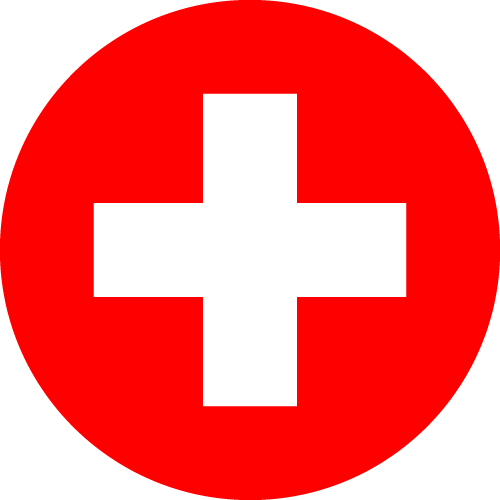
Switzerland
The non-EU country, Switzerland, became part of the Schengen area after it signed the agreement on 26 October 2004 and started its implementation on 12 December 2008.
The country is landlocked between Italy to the south, France to the west, Germany to the north, and Austria and Liechtenstein to the east. It has an area of 41,285 km and four national languages: French, German, Italian and Romansh.
Feel free to contact us for any query, and we would be happy to assist you with a quick response.
